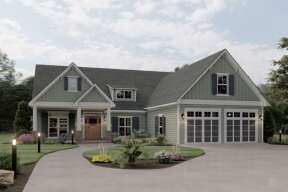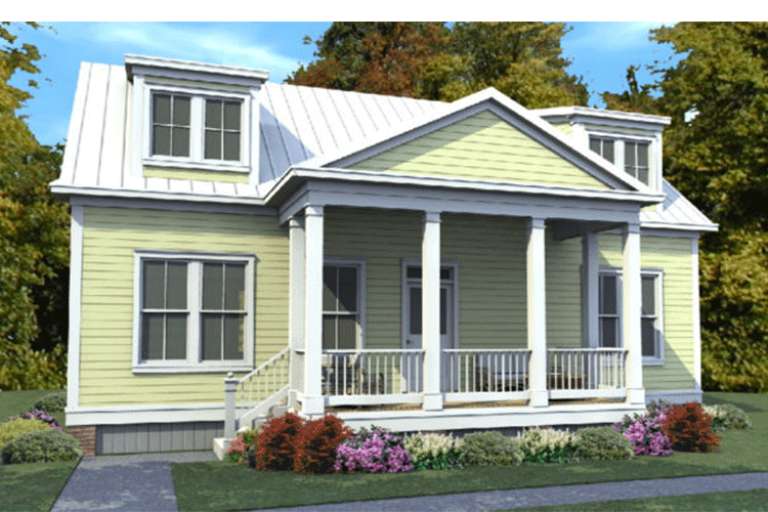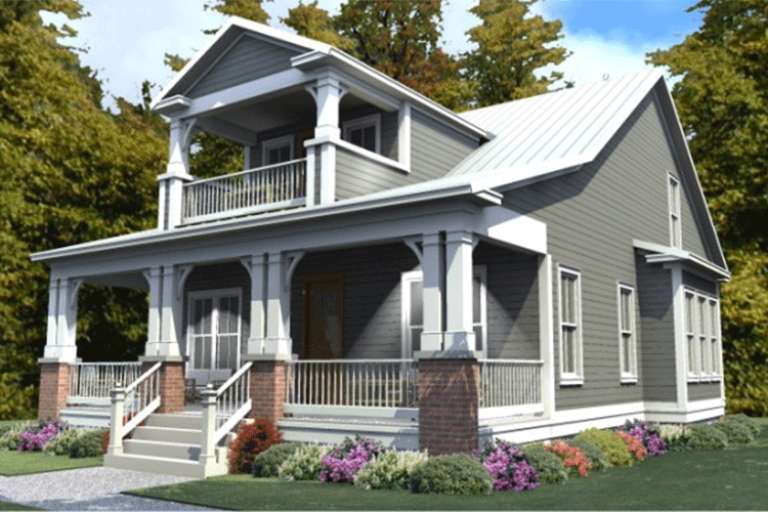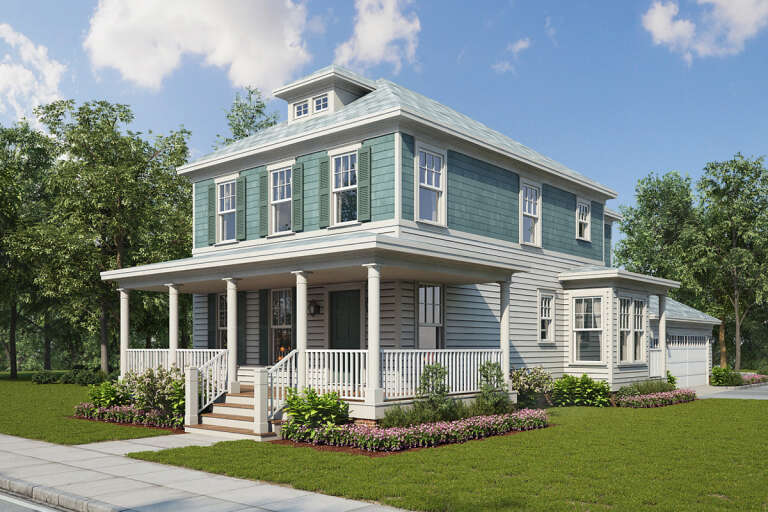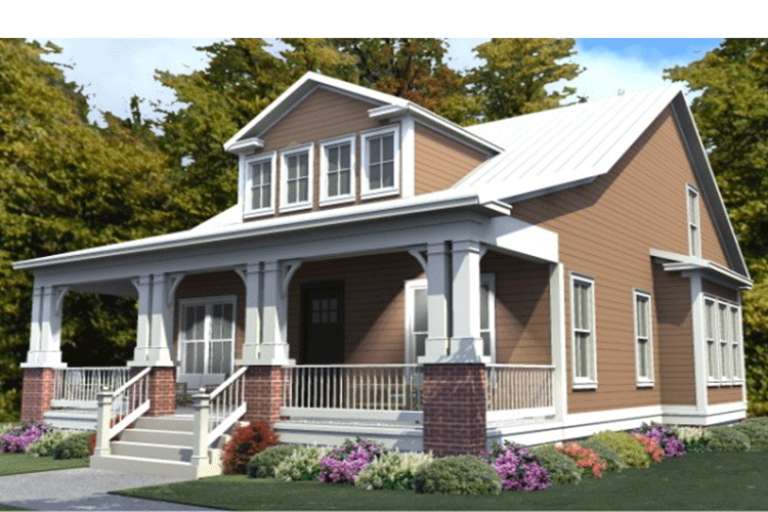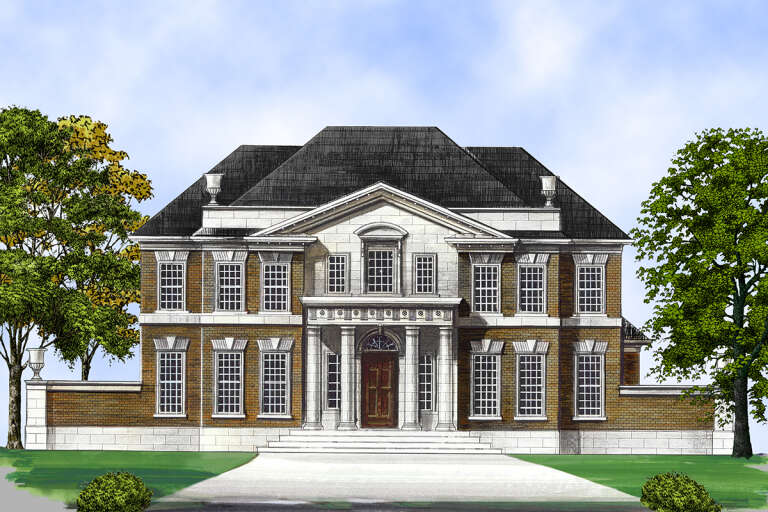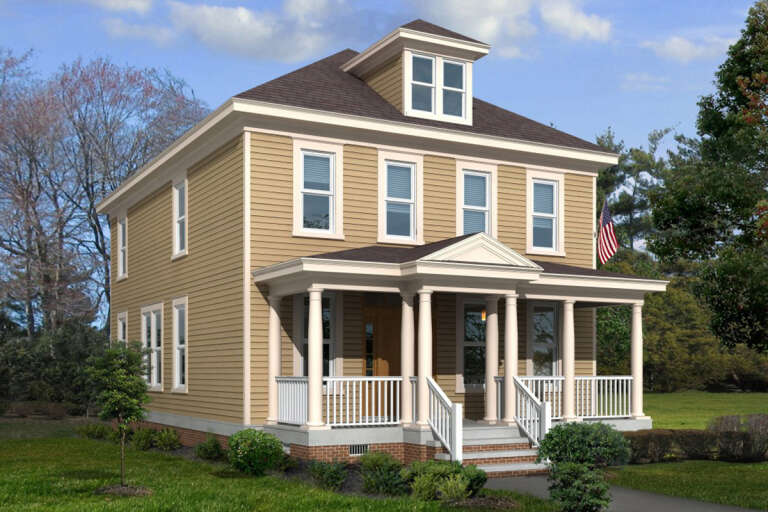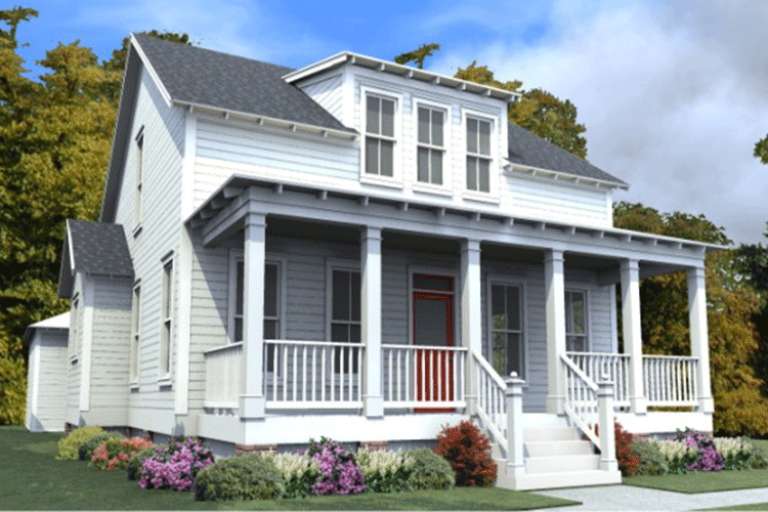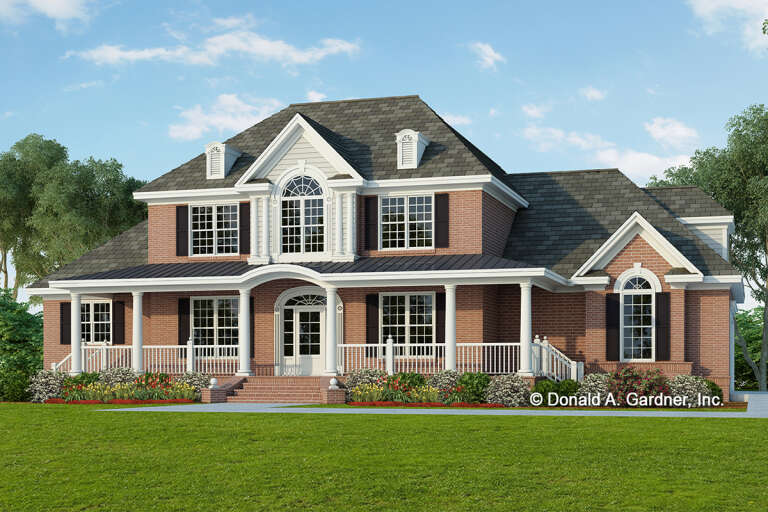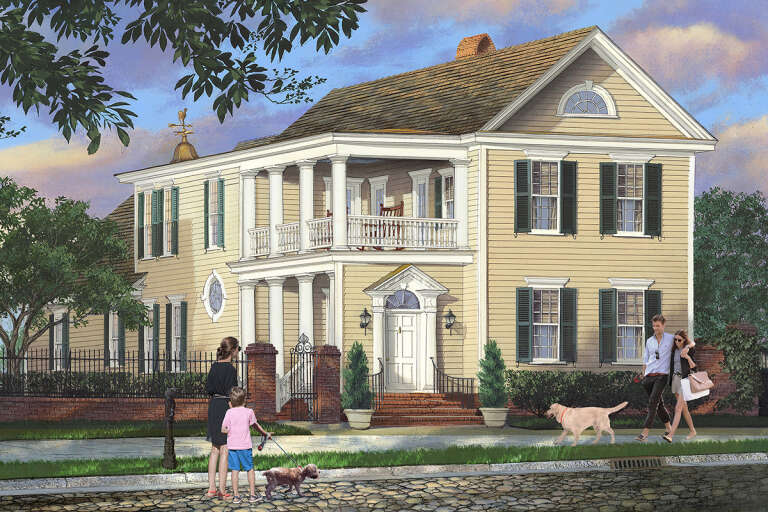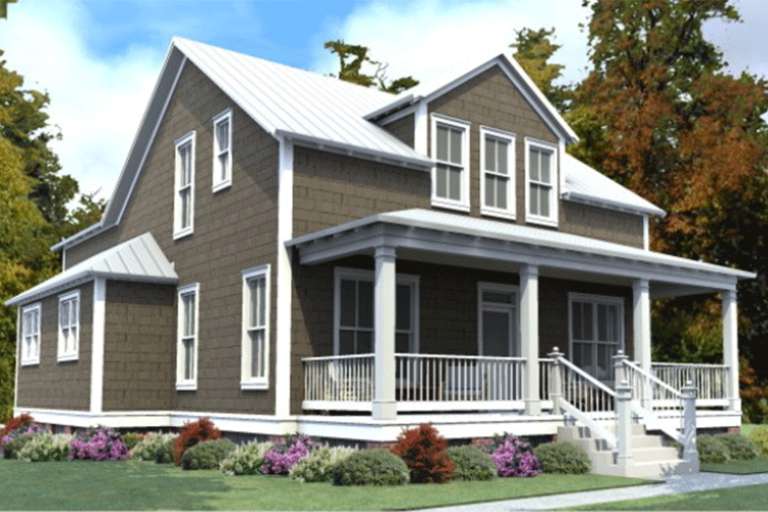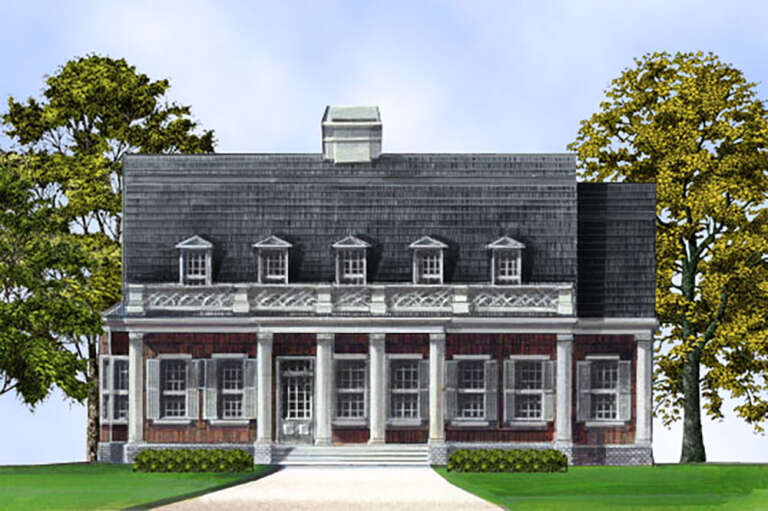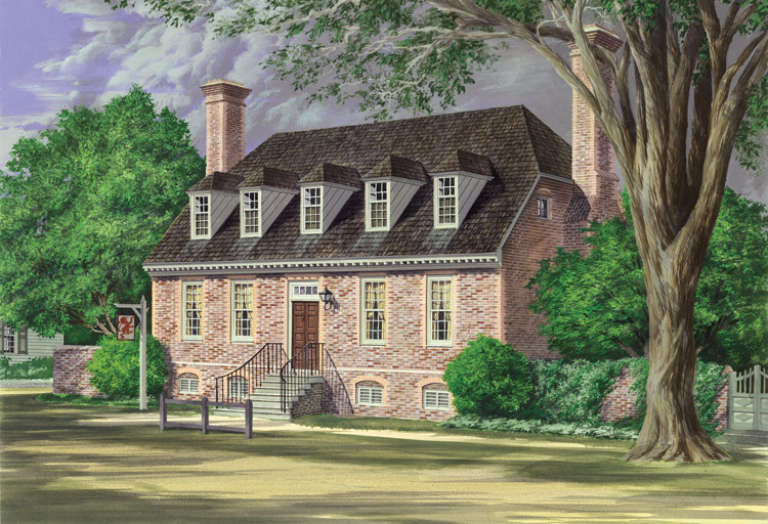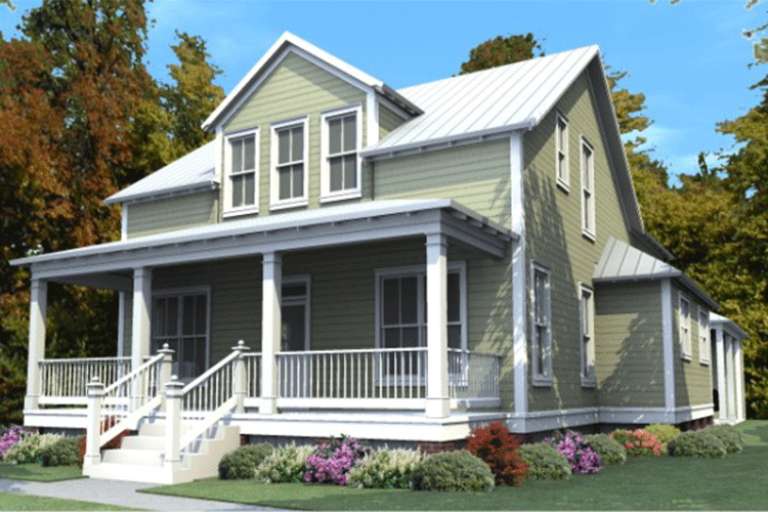28 Results
SORT BY
Historical FAQ
What is a historical house plan?
Historical house plans showcase a variety of styles and building techniques, ranging from modest dwellings to grand mansions. They often incorporate design elements and materials prevalent during their creation period. Some common types in historic house plans include Colonial, Victorian, Craftsman, and Georgian, each with distinct characteristics and aesthetic appeal.
Historical house plans offer a glimpse into the architectural past and serve as a source of inspiration for contemporary architects and designers. By adapting and modernizing these plans, professionals can create unique and aesthetically pleasing homes that blend historical charm with modern conveniences.
Where can I find historical floor plans?
Finding historical floor plans requires research, persistence, and knowledge of available resources. These plans can provide valuable insights into the architectural styles and design elements of the past while serving as inspiration for contemporary projects. To locate historic floor plans, check the following resources:
- Local libraries and archives
- Online databases and repositories
- Architectural publications
- County or city records
- Historic preservation organizations
- Architectural historians and preservationists
Can you find old house blueprints?
Locating old house blueprints can be challenging, as they may not always be readily or easily accessible. However, it's possible to find historical floor plans with the right approach. Begin by contacting your local building department or permitting office since they may have copies of the original blueprints on file, especially for homes built in the past few decades. However, remember that their records may be incomplete or limited in scope, depending on the age of the house and the jurisdiction's record-keeping practices.
Another avenue to explore is your local county or city archives, which may hold historical records, including property deeds, land surveys, and historical design house plans. While the availability of these documents varies by location, this can be a valuable resource for older homes. Additionally, if you know the name of the builder or architect who designed your home, you may be able to contact them or their successors for copies of the blueprints. Finally, professional firms often maintain archives of their work, including the plans you seek.
Local libraries and historical societies often maintain collections of architectural drawings, maps, and other materials related to local history. In addition, these institutions may have blueprints or other resources to help you find information about historic home floor plans.
Finally, while less likely for individual residential properties, you can explore online databases such as the Library of Congress, Historic American Buildings Survey (HABS), or university digital collections for architectural drawings.
Are classical house plans and historical house plans the same?
While related, classical and historic house plans are not the same. Classical house plans are historic house plans, but not vice versa. The distinction lies in the styles and the specific design elements they incorporate.
Historic house plans refer to the architectural designs of homes from various historical periods. These plans represent multiple styles and design elements, including Colonial, Victorian, historic English manor house floor plans, and many others. Each style has unique characteristics and aesthetic appeal, showcasing the architectural evolution and influences shaping residential spaces over time.
On the other hand, classical house plans are a specific subset of historical house plans that draw inspiration from ancient Greece and Rome's architectural principles and styles. Classical architecture is characterized by its symmetry, proportion, and adherence to a set of design principles known as the Classical Orders. These include the Doric, Ionic, and Corinthian orders, each with distinct column styles and decorative elements. As a result, classical house plans often feature pediments, entablatures, and columns, creating a sense of grandeur and timeless elegance.













